Tbilisi city tour – You will love to be in Tbilisi city. Be it family outings, or professional trips, you may be certain that your needs will be met. We want to ensure that you have a relaxing and enjoyable trip, so that you may focus on the things that matter most to you. Just look up what you want, make a reservation, and off you go! All you have to do is choose the time and mode of transportation.
Do you want to see the same city that has small mountain ranges, genuine courtyards, and a “live” history? In only a days tour, you’ll discover what makes Tbilisi awesome. You’ll go by sulphur springs, a puppet theatre, an old temple, a waterfall, and some peculiar sculptures, among other sites of worship. My knowledge of Georgia’s past, present, and cuisine will fill the Ethnographic Museum, Turtle Lake, Mtatsminda Park, the Kartli Mother, and the stroll.
Also read – 5 nights Georgia tour package

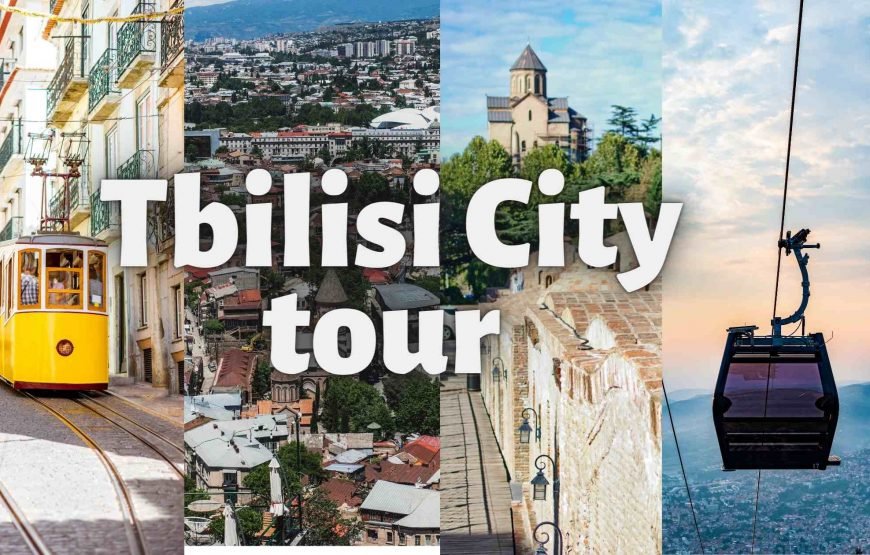
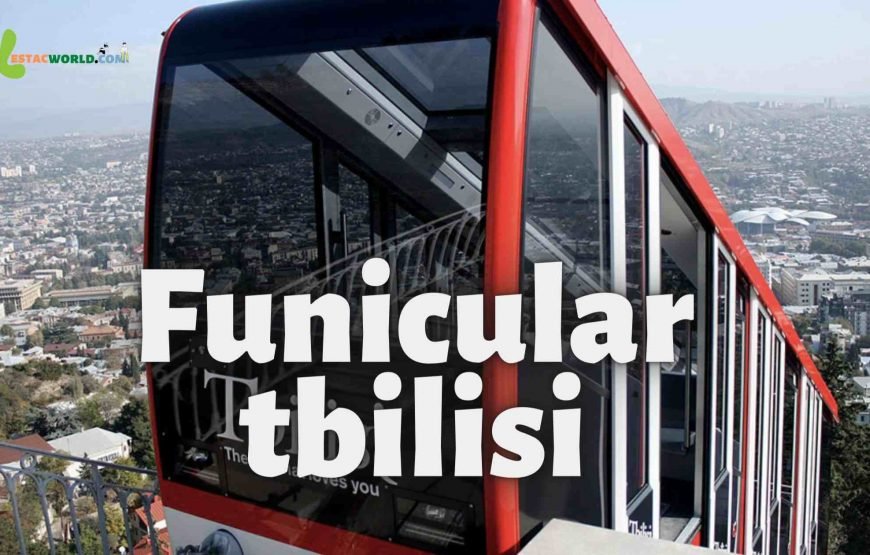
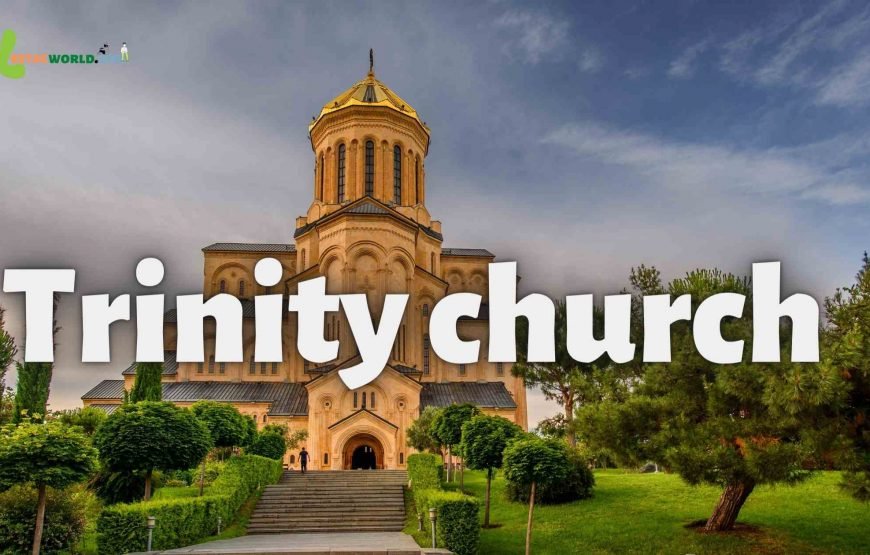
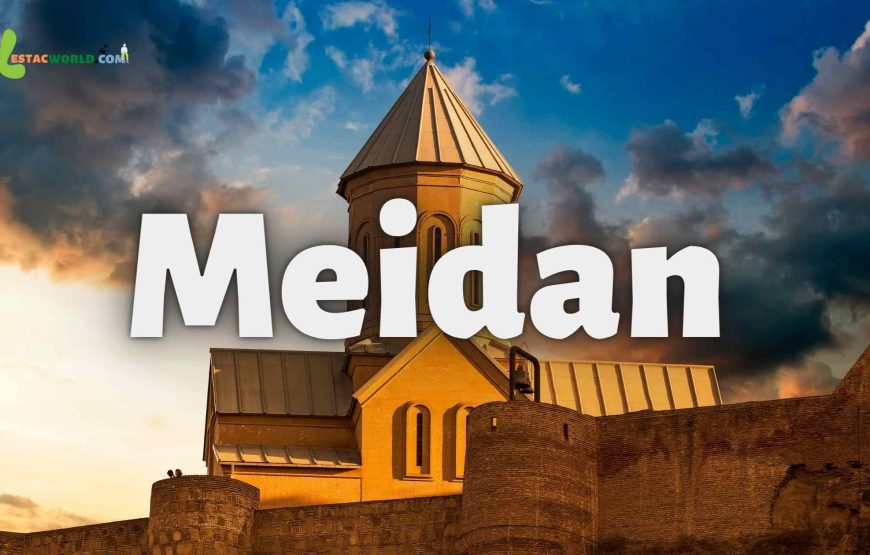
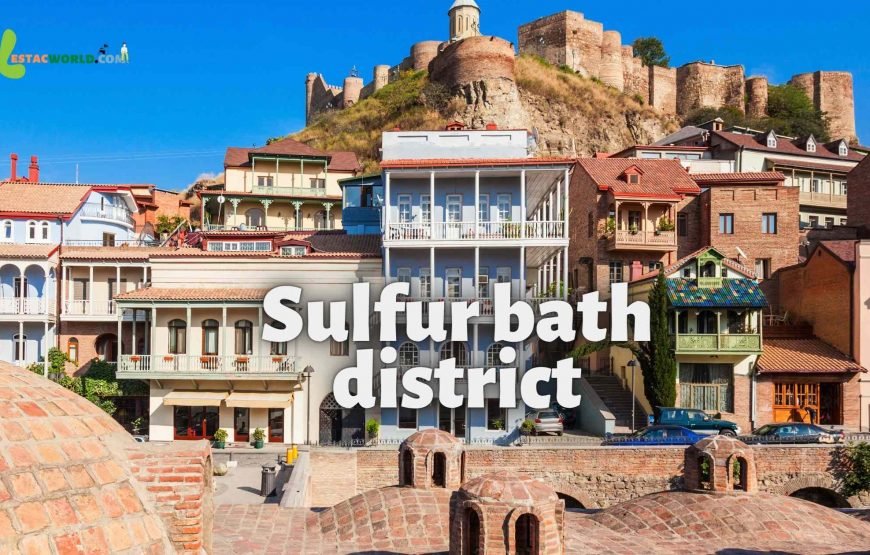

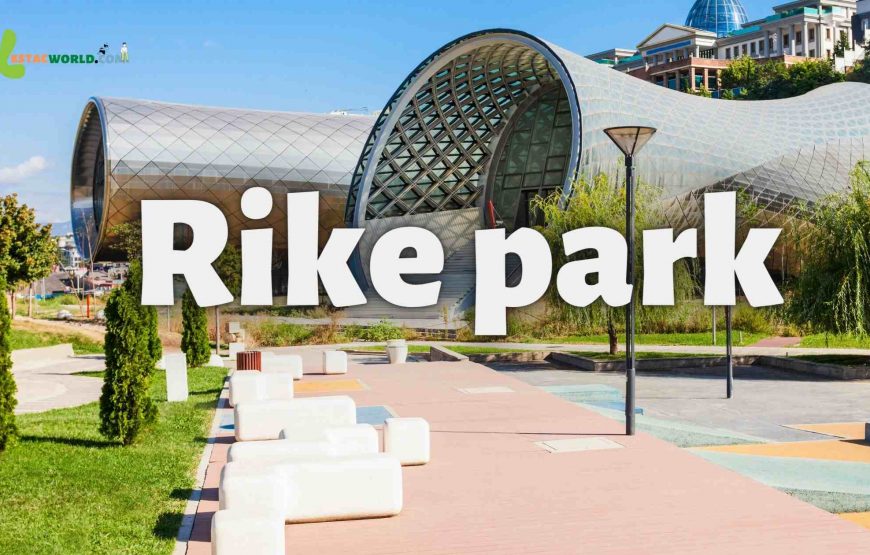
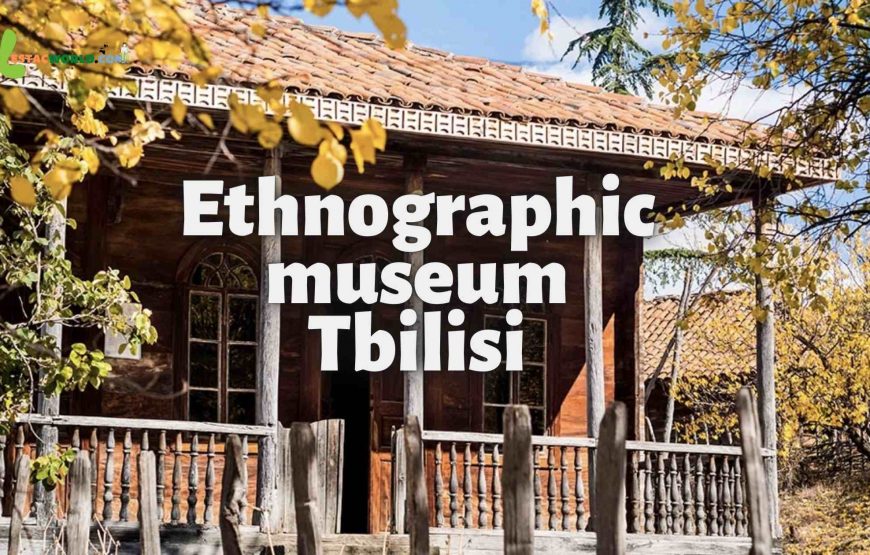


Lestacworld gave amazing servince in Tbilisi city tour for us